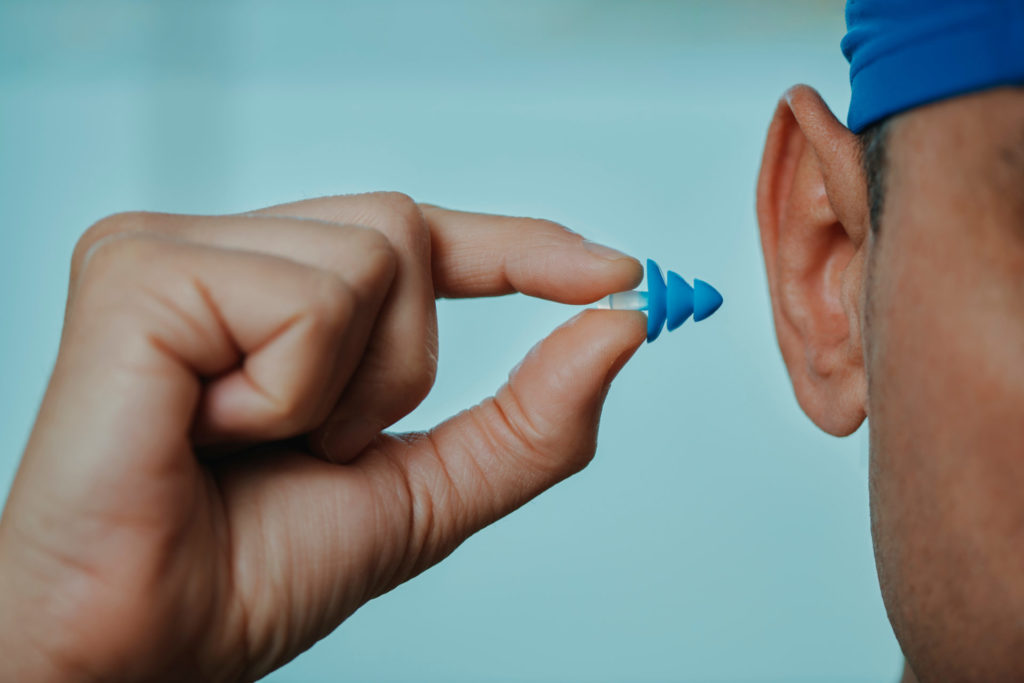What is Swimmer’s Ear? Causes, Symptoms and Treatment
It’s the height of summer and for many people, that means diving into swimming pools, relaxing by the seaside, or cooling off in a local lake. While swimming is a favourite seasonal pastime, it can sometimes lead to an irritating and painful condition known as swimmer’s ear.

It’s the height of summer and for many people, that means diving into swimming pools, relaxing by the seaside, or cooling off in a local lake. While swimming is a favourite seasonal pastime, it can sometimes lead to an irritating and painful condition known as swimmer’s ear.
Medically referred to as otitis externa, swimmer’s ear is a common infection of the outer ear canal that can affect people of all ages, whether you’re a regular swimmer or not.
Understanding what swimmer’s ear is, how it develops, and what you can do to treat and prevent it is important, especially if you or your child spends a lot of time in and around water. With the right care, swimmer’s ear is easily treatable and, in many cases, preventable altogether.
What is swimmer’s ear?
Swimmer’s ear is an infection that affects the outer part of the ear canal, which runs from the external part of the ear to the eardrum. The condition often develops when water becomes trapped in the canal after swimming or bathing. The lingering moisture creates a warm, damp environment that encourages bacteria or fungi to grow. Once these microorganisms begin to multiply, the skin in the ear canal can become irritated, inflamed, and infected.
Although its name suggests a link to swimming, swimmer’s ear doesn’t just affect swimmers. The condition can be caused by other forms of moisture exposure, such as bathing or excessive sweating, and even by physical damage to the ear canal. People who frequently use cotton buds or insert other objects such as earbuds are more susceptible. These habits can damage the sensitive lining of the ear canal, breaking down the skin’s natural defences, making it easier for infections to take hold.
Children and teenagers are especially vulnerable to swimmer’s ear, although it can affect anyone of any age. Those with skin conditions like eczema may also be prone due to the presence of dry or cracked skin in the ears.

What causes swimmer’s ear?
At the root of swimmer’s ear is usually a bacterial infection. The most common culprits are bacteria that is found in water or on human skin. When the ear canal remains damp, particularly after swimming in untreated water, these bacteria can enter the ear and begin to thrive.
Fungal infections are another potential cause, although they are less frequent. These typically occur in cases where the ear remains moist for long periods but also following the prolonged use of antibiotic ear drops.
Recognising the symptoms
Swimmer’s ear can vary in severity, but symptoms usually develop quickly and can worsen if not treated. In the early stages, you may notice a mild itch inside the ear, slight redness, or a feeling of fullness or discomfort. There may also be some clear fluid draining from the ear.
As the infection progresses, this discomfort can intensify. Pain often increases when the ear is touched or when pressure is applied, such as when chewing or lying down on one side. Swelling may become visible, and the ear canal partially blocked, leading to temporary hearing loss in some cases.
In more severe cases, the pain can become sharp and radiate to the side of the face or neck. The ear canal may become completely blocked due to swelling and inflammation. Fever and swollen lymph nodes around the ear or jawline are less common but can occur if the infection spreads.

How is swimmer’s ear treated?
The good news is that swimmer’s ear is typically straightforward to treat. Most cases of this infection respond well to medicated ear drops. These ear drops often contain a combination of antibiotics to eliminate the infection, corticosteroids to reduce swelling and inflammation, and antifungal agents if a fungal infection is suspected.
In some situations, your doctor or audiologist may need to gently clean your ear to remove debris or discharge to allow the drops to work more effectively, making a huge difference in how quickly you and your ears recover.
To avoid any complications, it’s important to keep your ear completely dry during treatment. Avoid swimming or submerging your head in water and consider using a shower cap when showering or bathing to avoid any additional water from entering your ear.
Preventing swimmer’s ear
If you swim regularly or have experienced swimmer’s ear before, using custom made swimming ear plugs can be a game changer. These plugs are designed to fit comfortably in your ears, creating a watertight seal, preventing moisture from getting trapped inside.

At Nathan Gluck Hearing Care, we specialise in creating high-quality, custom fit swimming plugs tailored to your needs. If you’d like to protect your ears while enjoying your time in the water, book your next consultation today.

